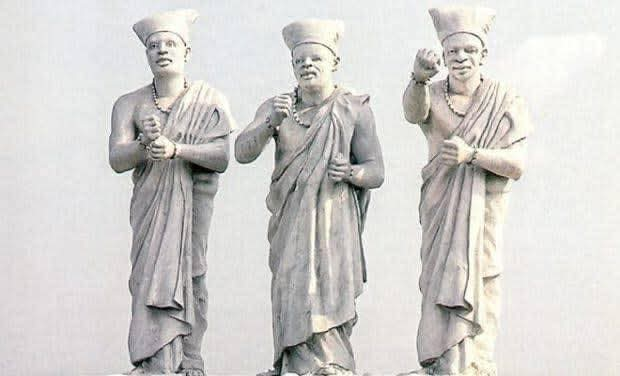HISTORY OF LAGOS: A Mix of Cultures
HISTORY OF LAGOS: A Mix of Cultures
The history of Lagos is born out of a mix of cultures. According to historians, the Awori’s were said to be the earliest settlers in Lagos. They were majorly fishermen. Their settlement moved to Island called Ido and to other parts of the Island. The IDEJO chiefs (White Cap Chiefs) is a popular remembrance of this landmark influence.
However, in the 15th century the Benin Empire was in control of the present day Lagos which was named EKO by Oba Orhogba ‘Benin War Camp’.
Ashipa is also known as the first Oba of Lagos from Benin and ruled from 1600-1630.
The cultural influence of these cultures is felt in the traditional and cultural institution of present day Lagos. It’s traditional institution was further enriched with the creation of the various categories of Cheifs.
The Eletu Odibo is the most influential chief, the installing officer of the Oba in Lagos belonging to the Akarigbere class of chiefs.
The IDEJO Chiefs are also influential because of their earliest land settler status.
The Abagbon Class of Chiefs is a very prominent group because they are charged with the responsibility to protect and safeguard the kingdom. They include, Asogbon, Bajulaiye, Egbe, Suenu, Oluwo Jakande, Faji, Bashua, Sasi, Shashore, Bajulu, Asesi, Oshodi-Tapa, Oshodi Bukun, Salawe, Kakawa, Etti, Ayeomosa, Balogun Okolo, Iposo. and Erelu of Lagos.
The Ogalade Chiefs uphold the tradition of kingdom, in charge of religious worshippers, spiritual and custodian of local gods, among them is Obanikoro who is the leader of the group, while the Abena is the traditional Chief Justice and spokesman of the cults.
The history of the Island is incomplete without mentioning Portuguese explorer Rui de Sequeira who named the Island Lago de Curamo, changing its name from EKO in 1472. The new name Lagos was derived from meaning lakes as popularly referred to in Portuguese coming from a maritime area of Portugal.
After the British annexation of Lagos in 1861, the political and administrative control of Lagos was taking over by the colonial government as Lagos became a Crown Colony under the protection of her Imperial Majesty, the Queen of England.
Subsequently, other places in the region came under British colonial rule in present day Nigeria. This led to the almagamation of the Southern and Northern protectorates in 1914.
With the coming of colonialism and the banning of slave trade, it saw migration of slave returnees, ex-slaves (Creoles) back to Lagos from the West Indies, Brazil, Sierra Leone etc.
The cosmopolitan nature of Lagos was attributed to the reason why it was the melting pot of population in Nigeria where people come to better their lives. From 1914-1991, it was the seat of government. Lagos recorded tremendous growth from infrastructure to economy.
